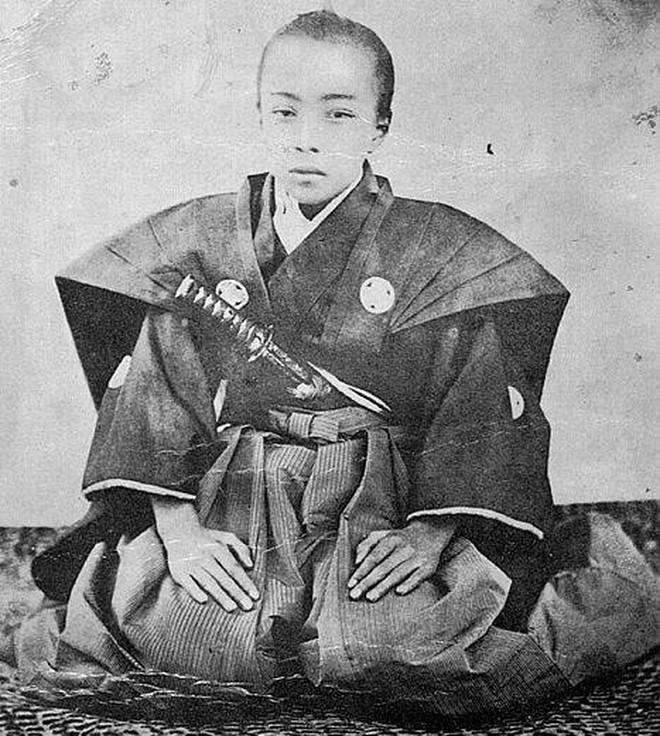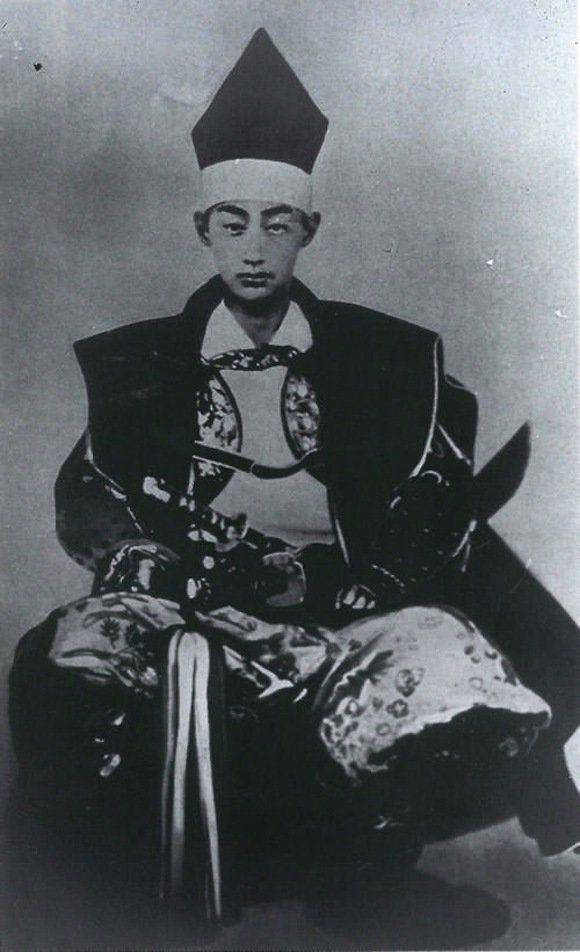Recently I sent part of a chapter to a professional editor for review. I got an interesting reaction.
In the excerpt young Inari Takakatsu, 17 at the time, is thrust into the position of ruler after his father, the war lord, is killed in an accident. It’s kind of like Hamlet, without an uncle who marries the widow, since the uncle is an abbot at the local garan, a Buddhist monastery.
Enemies of the young warlord attack him. Since he was trained from childhood as a warrior, he fends off multiple opponents in a narrow hallway.
My editor suggested credulity was stretched. How could someone so young fight them off?
Yet, as we read in history of the Heian period, there were no teens. They went from child, straight to adult, at around age 12 to 14. The average woman in the Court lived to about 27 or 28. A man maybe to 34. This would mean some around 17 could be called “middle aged.”

